-
After the Pink

First comes the bubblegum pink of the Redbud (Cercis canadensis) flowers. Now as the blooms drop to the ground the leaves are making their way into the world. The leaves are first blushed with red then to the green we know through spring and into summer. The green indicates the presence of chlorophyll which is…
-
Wineberry Sherbet
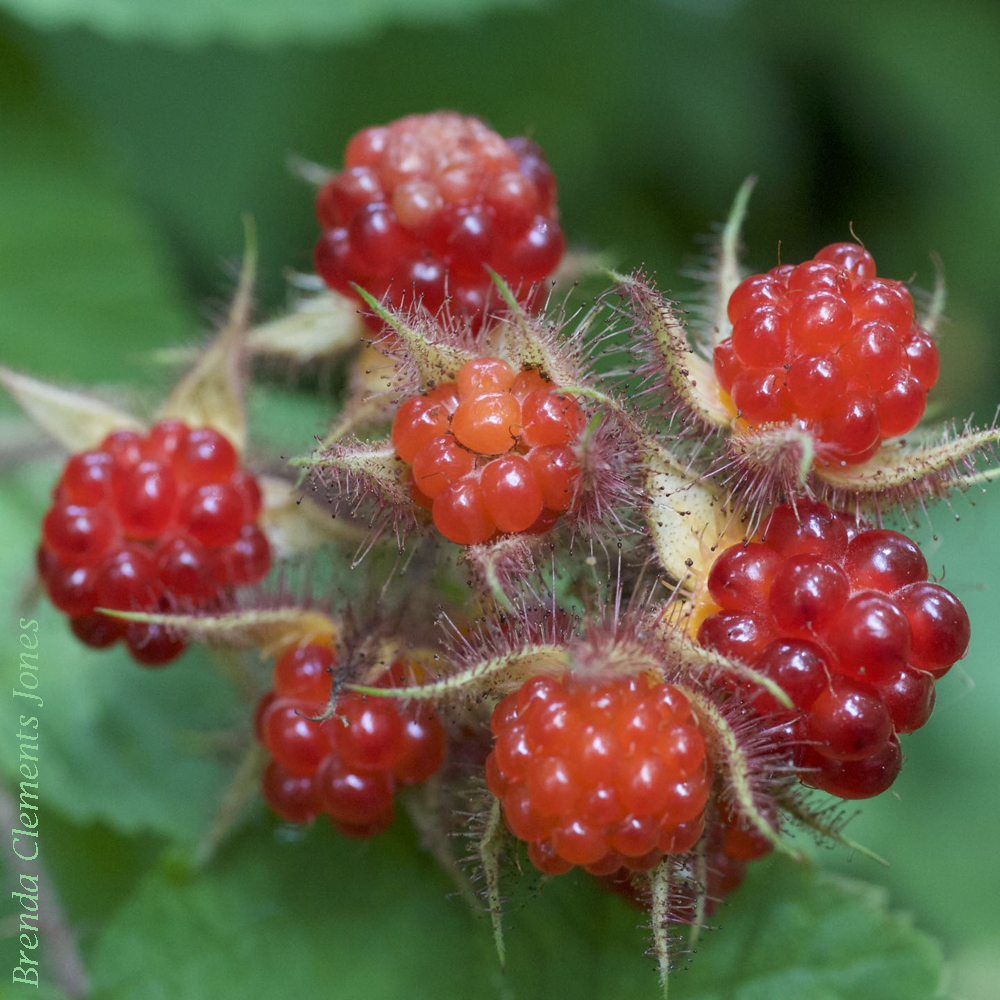
Wineberry (Rubus phoenicolasius) is an invasive plant, native to Japan, Korea and China. This is what it looks like right now with its red prickly stems and leaves that have white undersides. It grows all over up here in the mountains. Soon there will be luscious berries. Ruby red. Last year many were collected. They’re…
-
Wild Ginger a Great Groundcover
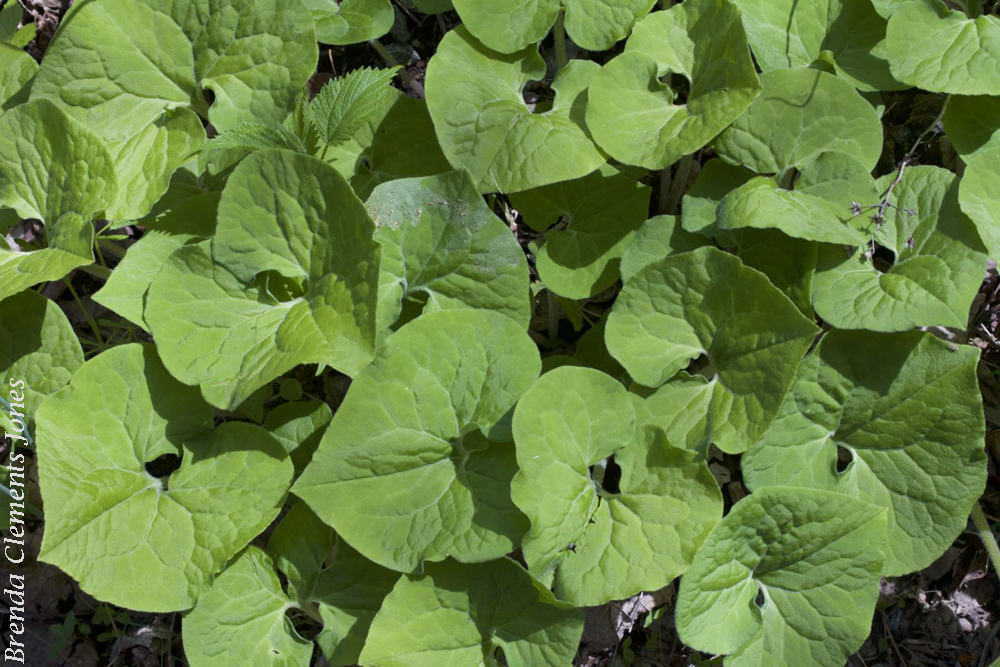
Wild Ginger (Asarum canadense) is a perennial, herbaceous plant, native to eastern North America. I find it here in the higher elevations. It spreads by rhizomes and makes a lovely groundcover in shade or part shade. I find it doesn’t care for the driest days of hot summer, but responds with appreciation when I water…
-
Pinxter Azalea
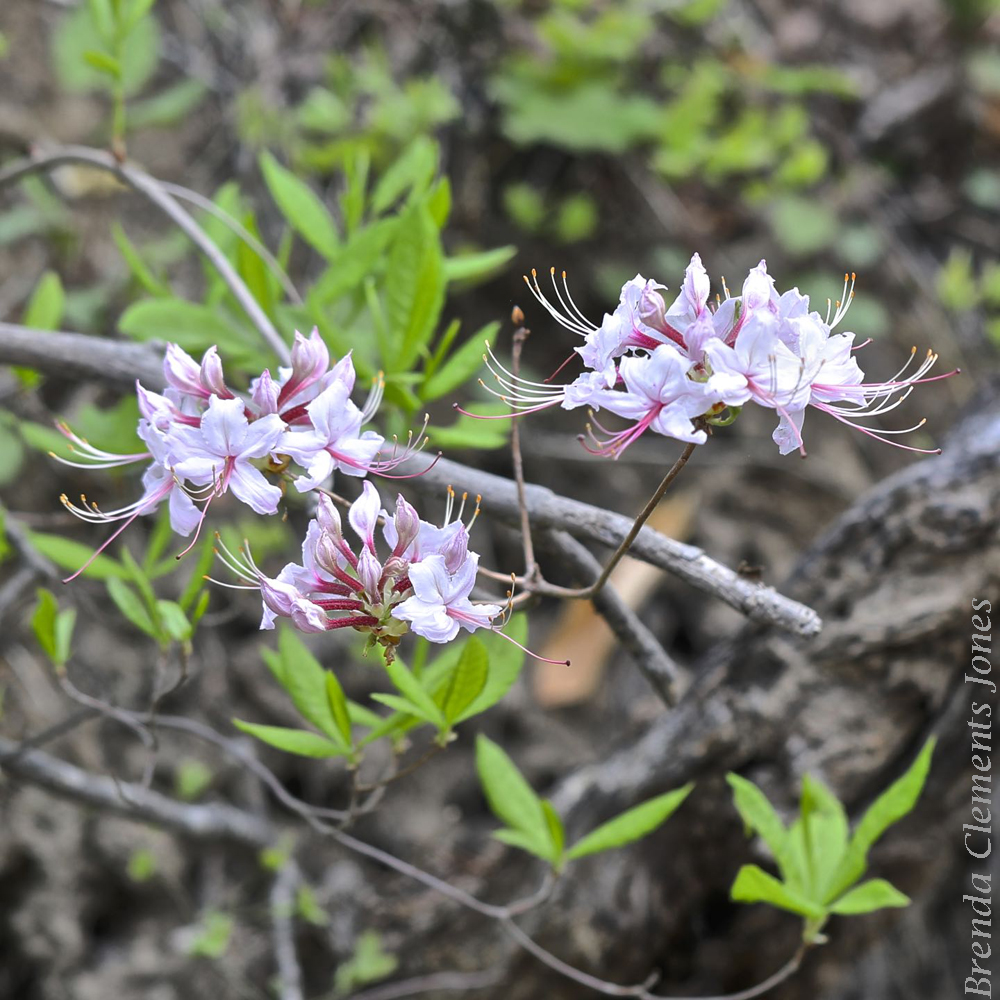
Roaming the trails up here, you’re going to find Pinxter Azaleas (Rhododendron periclymenoides) blooming with their beautiful pink flowers, here and there. It’s a deciduous shrub that is native from Massachusetts to South Carolina and Tennessee. Spring is unfolding in such a lovely way!
-
Blue-gray Gnatcatcher

Arriving in the vegetable garden, it immediately got my attention. A tiny bird that I only see during breeding season. Flitting about as if quite nervous it’s a bird that makes getting a photograph very challenging. If I get any photo at all, even if it is blurry, I’m pleased. I’ve recorded the occasion. Blue-gray…
-
See You Next Year Hermit Thrushes

The Hermit Thrush (Catharus guttatus) is one of five North American thrushes in the genus Catharus, and the only one that winters in the United States. We in the Blue Ridge Mountains in central Virginia are fortunate to have them as our residents during that time. This one is enjoying the berries of Smooth Sumac…
-
Virginia Pennywort

An odd little clump of a plant that I’ve only seen in one spot in my travels along the trails up here in the mountains. Virginia Pennywort (Obolaria virginica). The only member of its genus. How special. Leaves and flowers grow all squashed together as if grown inside a tight space. Virginia Pennywort is native…
-
Earth Day 2022
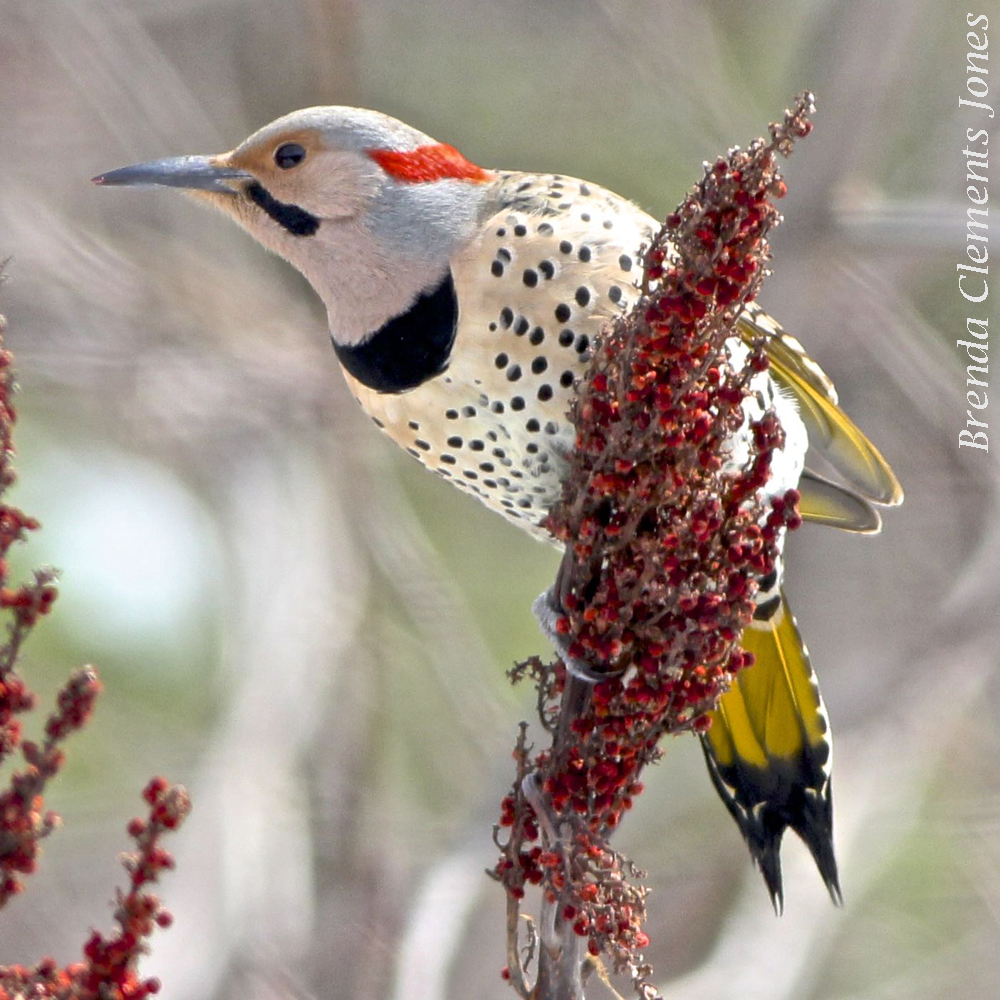
In honor of Earth Day 2022, I bring you some of my birds. As you think of these precious birds, and our wonderful planet, I hope you can decide to work to make a difference. Not to save our planet, but things you can do to save our environment. The planet doesn’t need to be…
-
Asparagus

Yum! Asparagus, home grown. Straight from the garden. A joy to have at the table. A pleasure.
-
Maple-leaf Viburnum
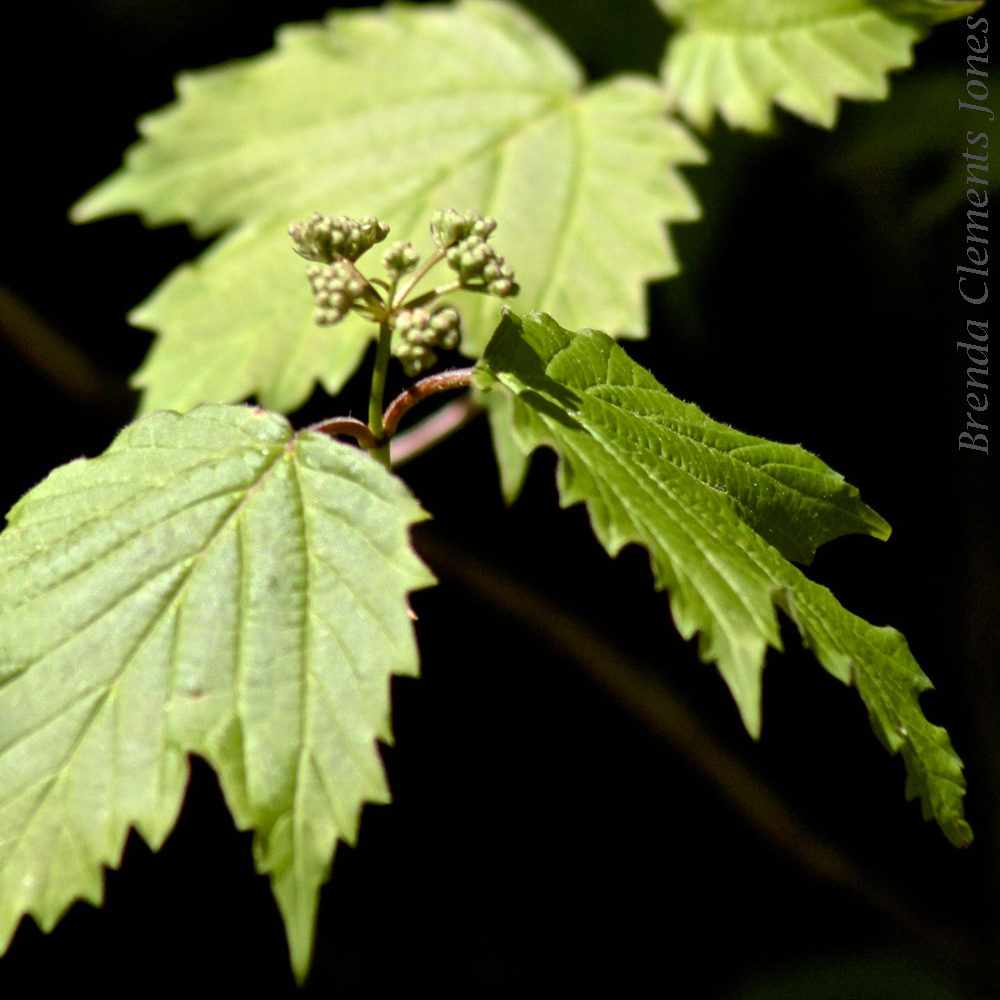
Just now beginning to leaf out, greeting spring. Maple-leaf Viburnum (Viburnum acerifolium), native to eastern North America, an understory, deciduous shrub. It’s plentiful up here on my mountain, and is easy to identify with its twin, maple-like leaves. I’ve been fortunate to have received several of these shrubs as gifts. Shrubs that I’m watching grow…
